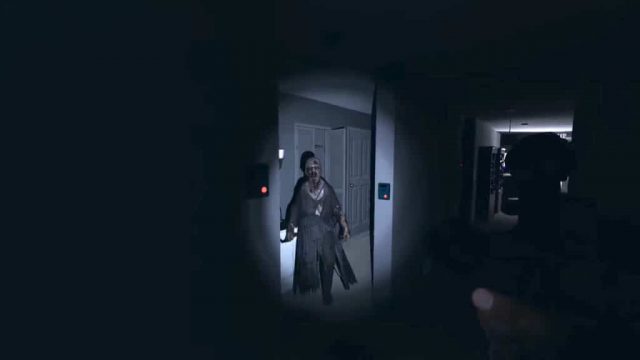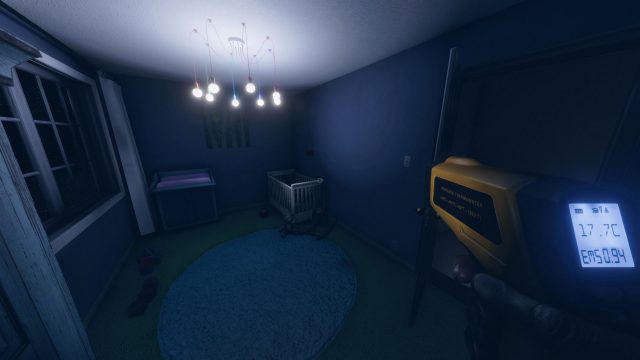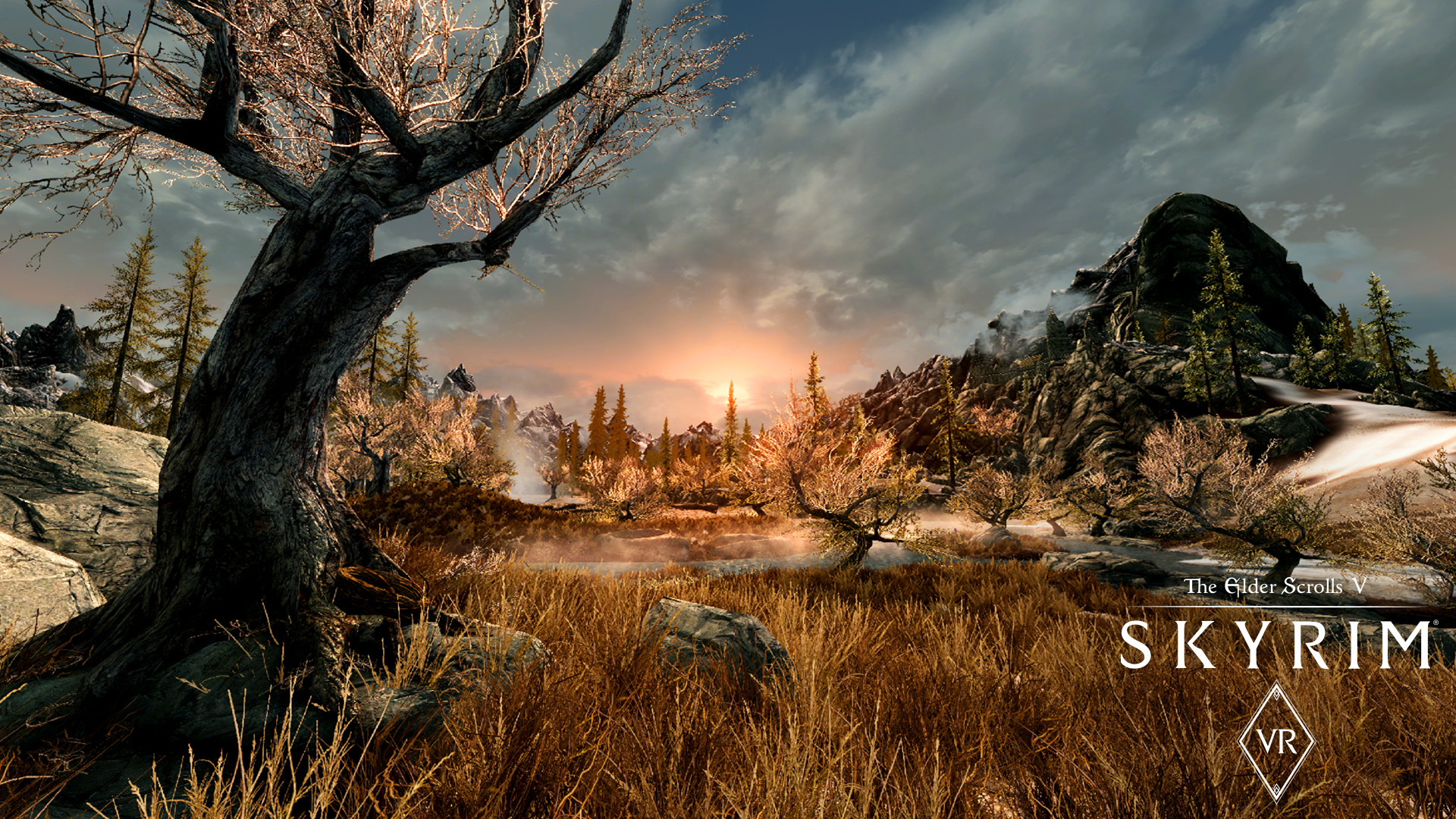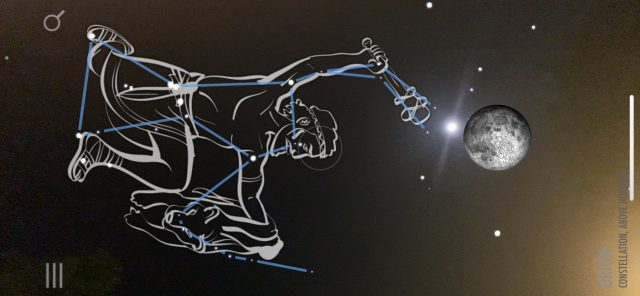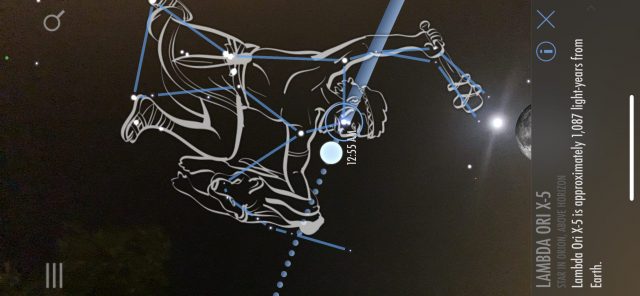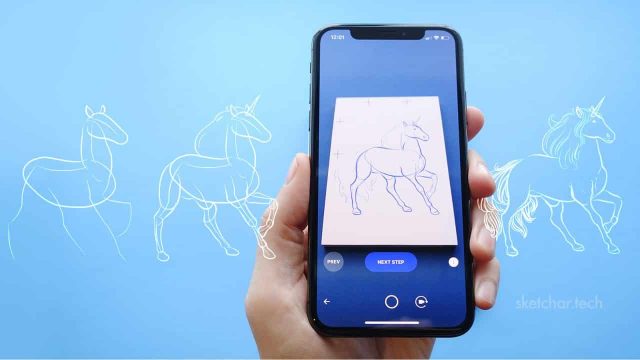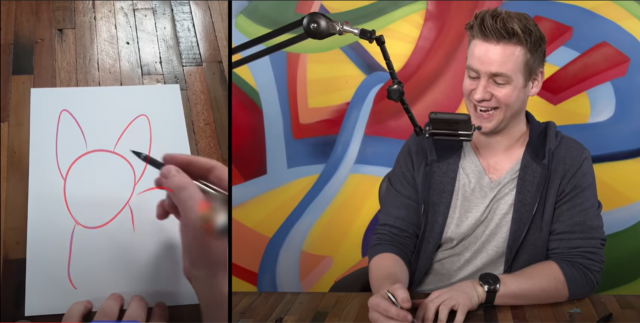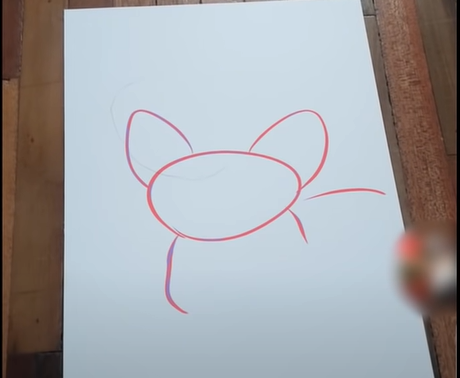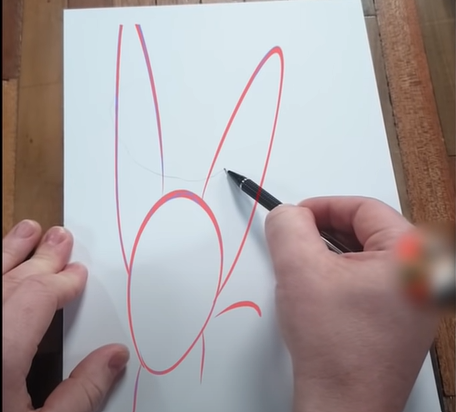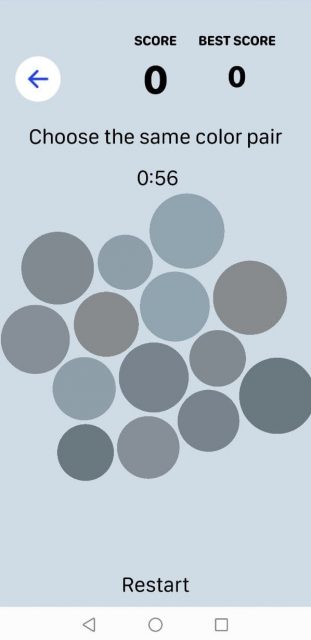Sky Walk 2 is a mobile application for iOS and Android, that enables you to explore the sky. It works by pointing your device at the sky and you will see a real-time interactive sky-map containing stars, planets, constellations and more. This app is perfect for anyone who wants to learn more about the night sky, by locating and identifying celestial objects.
Sky Walk 2 works by using your location and the built-in compass of the device to show you the stars you can see in real life above you and display more information about these stars. When you hover the device around the night sky, the app will follow your movements. Sky Walk 2 has an AR mode and a non-AR that can be switched on and off. With the non-AR mode, the app will show a virtual night sky that aligns with the real one. With the AR mode, the application will use the camera to show the real night sky and then add a layer on top of that with the different objects in the sky and information about these. The user is able to turn the visibility of this AR layer up and down to find the perfect mix of real-life and AR.
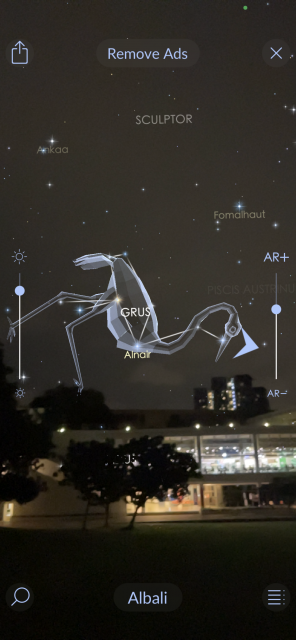
Why they are engaging?
Most people have properly been sitting outside and looking up in the night sky at some point in their life. With Sky Walk 2, it is now possible to know exactly what you are looking at. With the AR mode, you can point your camera at any point in the sky and the app will tell which sky objects are visible to you from your location. Sky Walk 2 can also help you identify the best time for observation and notify you when special astronomy events are happening.
What features are well done?
The graphical overlay is very well designed, as well as the animations. When you locate a star constellation, an animation will be displayed, connecting the stars in that constellation. At the same time, a graphical representation of the symbol of that constellation is also represented.
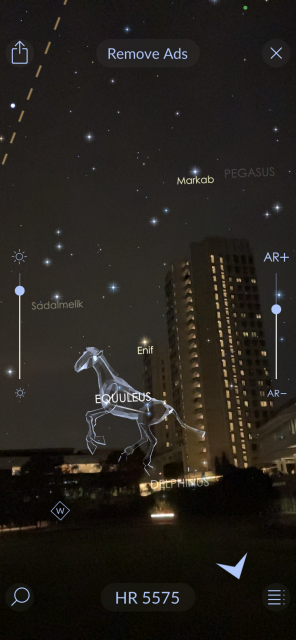
What features can be improved and how?
Sometimes the AR overlay of the application doesn’t align perfectly with the real-life stars. If something were to be improved, the automatic calibration of the AR overlay with the real-life stars could be it. Luckily, you are able to manually align the overlay with the real-life stars.
To summarize, Star Walk 2 is a cool and easy-to-use app if you ever find yourself looking up in the sky and wonder what you actually are looking at.

